Why Weight Training Builds More Strength Than Cardio
Why Weight Training Builds More Strength Than Cardio
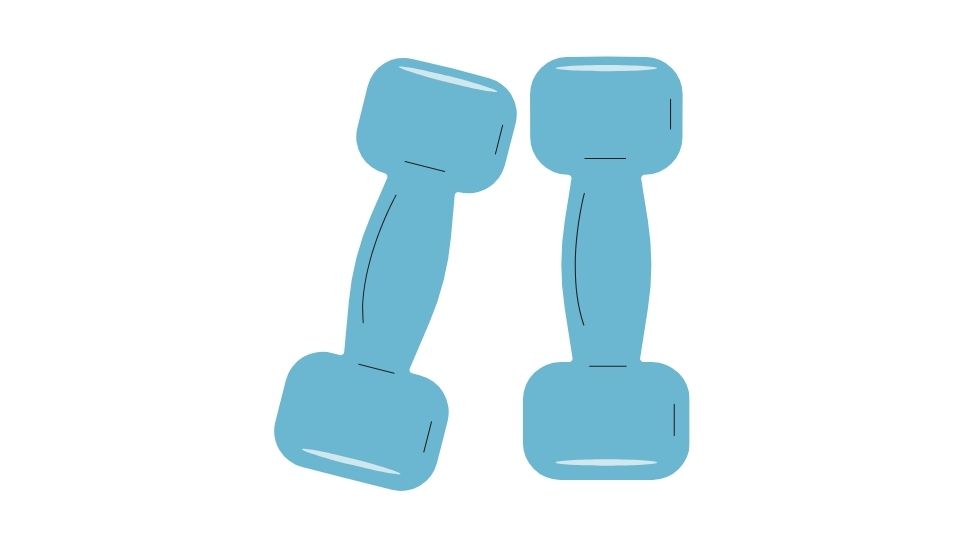
Ever wondered why you look different after a few months of heavy barbell lifting compared to exclusively grinding it out on a treadmill?
It’s not a coincidence. Weight training and cardio both have their place, but they’re totally different beasts when it comes to building strength.
Let me break down why pumping iron builds more muscle than logging miles – and why you probably need both in your life (sorry cardio-haters).
Why Weight Training Builds Muscle Better Than Cardio
If you’ve been chugging along on the elliptical waiting for your biceps to pop, I’ve got some news for you.
Weight training absolutely dominates cardio when it comes to building raw strength and muscle size. It’s not even close.
But that doesn’t mean cardio is useless – far from it! Each type of exercise triggers completely different adaptations in your body. Let’s dive into the science.
The Magic of Mechanical Tension
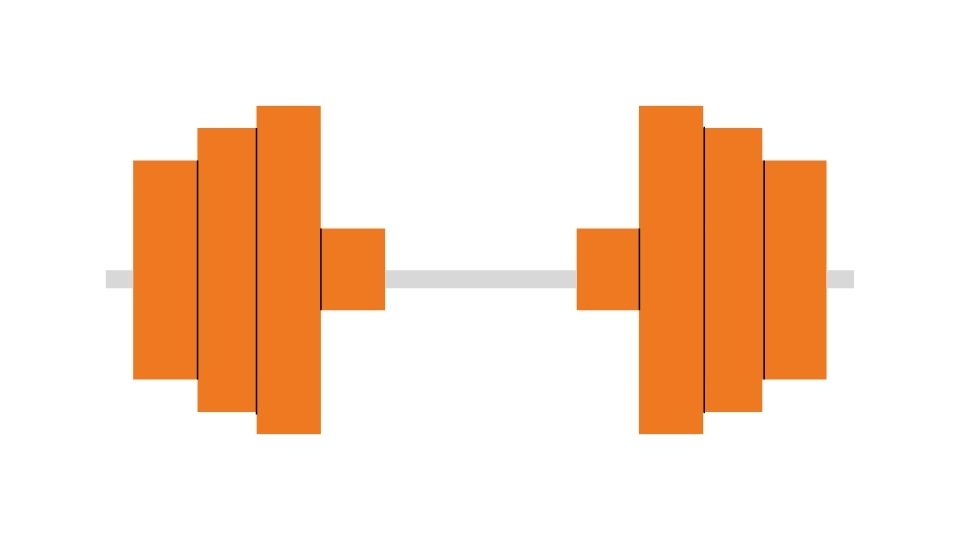
When you lift weights, you create mechanical tension in your muscles. You’re literally forcing your muscle fibers to contract against resistance they’re not used to handling.
This stress causes micro-tears in your muscle fibers (sounds scary, but it’s good!). Your body then thinks, “Whoa, I need to repair this AND make it stronger so this doesn’t happen again.”
The result? Your body repairs those fibers and makes them thicker and stronger – that’s hypertrophy in action. It’s like your muscles are getting calluses, but on the inside.
Meanwhile, cardio is over there improving your heart’s efficiency and lung capacity. Super important! But not exactly a recipe for guns of steel.
What’s Actually Happening Inside Your Muscles?
Weight training triggers three key muscle-building mechanisms:
- Mechanical tension – The physical stress from lifting heavy things
- Metabolic stress – The burn you feel when lactic acid builds up
- Muscle damage – Those micro-tears that signal your body to repair and grow
Your body responds to this triple-threat by:
- Activating satellite cells that fuse with muscle fibers
- Increasing protein synthesis to build new muscle tissue
- Thickening muscle fibers (making you look more toned)
Cardio, on the other hand, is training your body to be more efficient with oxygen delivery and energy production. It’s making your heart stronger as a pump, not making your biceps bigger.
The Science Doesn’t Lie
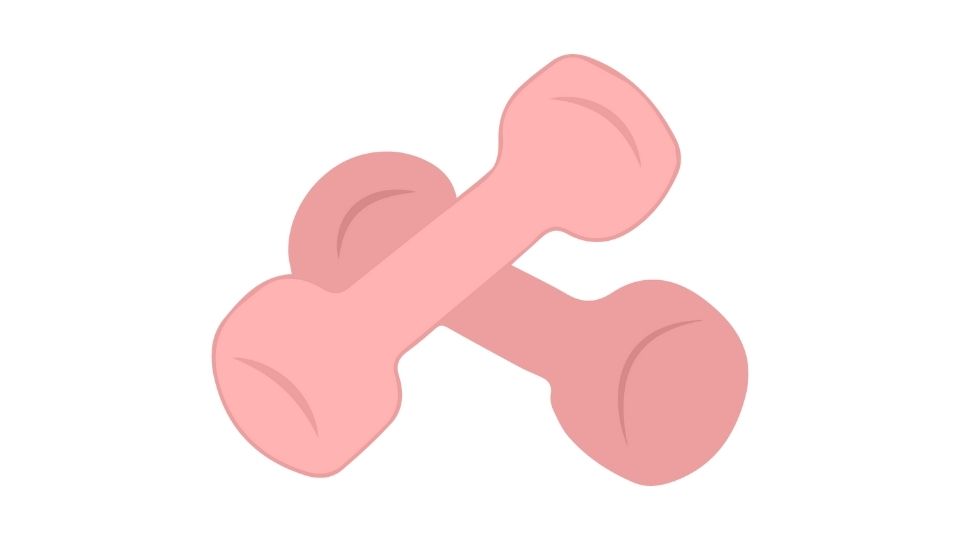
Research consistently shows that if strength is your goal, weights win.
In studies where they match total exercise time, resistance training produces significantly more favorable changes in muscle size and strength. Not surprising when you think about it – if you want to get better at something, you need to specifically train for it.
That’s why marathon runners don’t typically look like bodybuilders, and power-lifters aren’t winning marathons. Different training, different results.
The Metabolism Bonus
Here’s another weight training win: muscle burns more calories than fat, even when you’re doing absolutely nothing.
Every pound of muscle you build through weight training burns about 6-7 calories per day at rest. That might not sound like much, but add a few pounds of muscle and it starts to add up.
Cardio typically burns more calories during the actual workout, but weight training gives you that metabolic boost that keeps working long after you’ve racked your weights and hit the shower.
Why You Probably Need Both
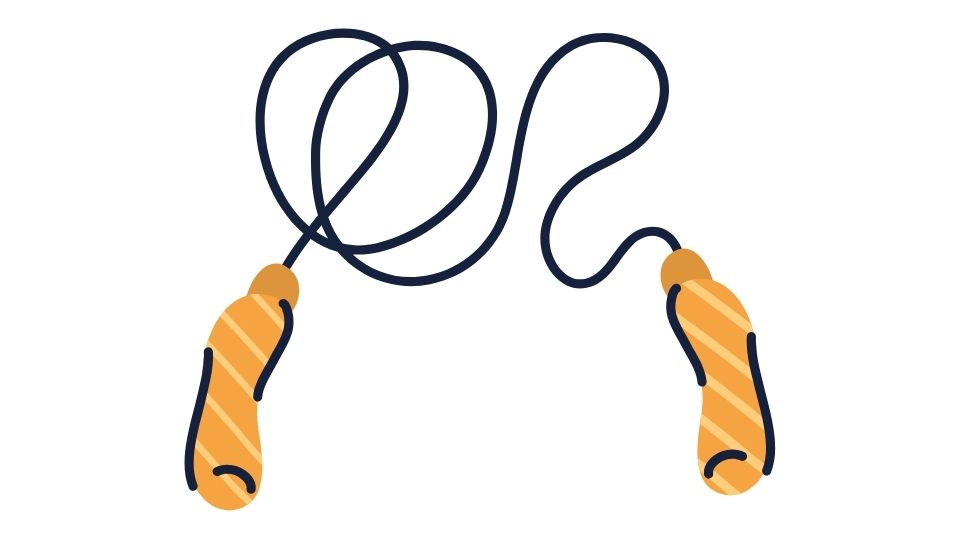
Before all the cardio enthusiasts come after me with their foam rollers, let me be clear – cardio is incredibly important!
Studies show that a combination of both resistance and aerobic training gives you the best overall health benefits:
- Cardio improves your heart health and endurance
- Weight training builds strength and muscle mass
- Together they optimize body composition and metabolic health
A half-cardio, half-strength routine will lower your cardiovascular disease risk as effectively as cardio-only workouts, while also giving you those sweet, sweet gains.
Fueling Your Fitness
No matter which type of exercise you choose, nutrition is the secret sauce that makes everything work better.
The right balance of protein, carbs, and fats can dramatically improve your results, especially for building muscle. When you lift weights, your body needs extra protein to repair and build new muscle tissue.
Tracking your nutrition doesn’t need to be complicated, either. Using simple tools like meal tracking apps can help you make sure you’re getting what you need without driving yourself crazy.
So What’s The Takeaway?
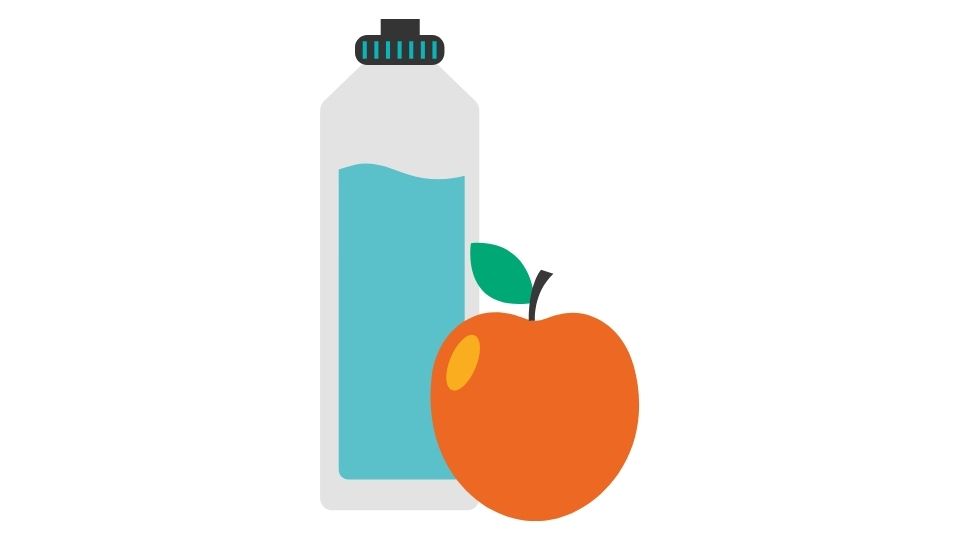
If your goal is to get stronger and build muscle, weight training needs to be your primary focus. Nothing else comes close for building raw strength.
But that doesn’t mean you should ditch cardio altogether. Your heart is a muscle too, and it needs its own type of training.
The perfect fitness program probably looks something like this:
- 3-4 days of resistance training
- 2-3 days of cardiovascular exercise
- Proper nutrition to support your goals
- Rest days for recovery (where the magic happens!)
Remember that the best exercise program is the one you’ll actually stick with. So find activities you enjoy, mix things up to keep it interesting, and be consistent.
Whether you’re team weights, team cardio, or (ideally) team both, the important thing is that you’re moving your body regularly.
Your future self will thank you.
Want more posts like this?Sign up for our FREE newsletter →
